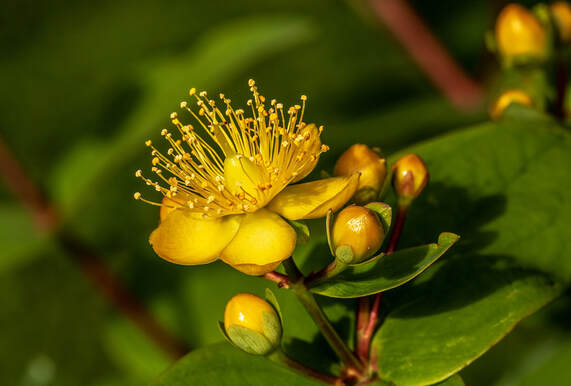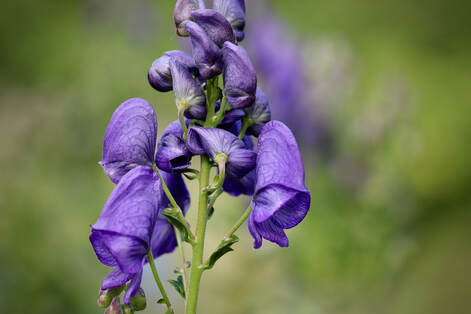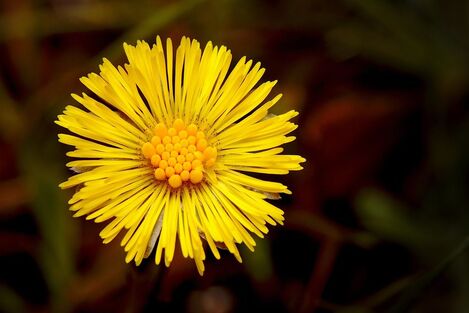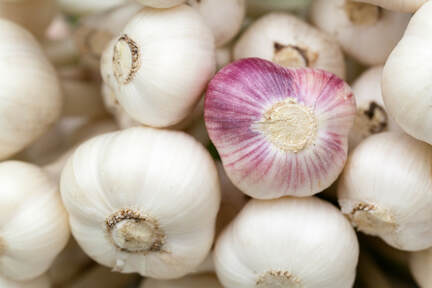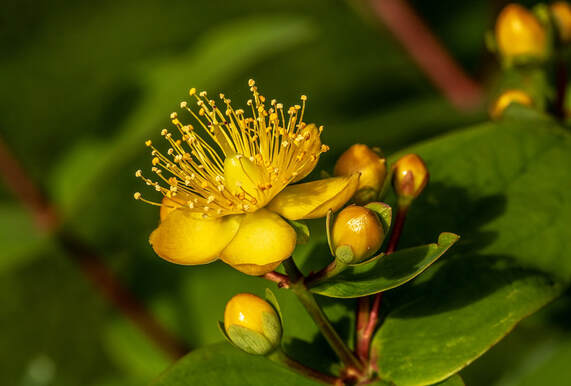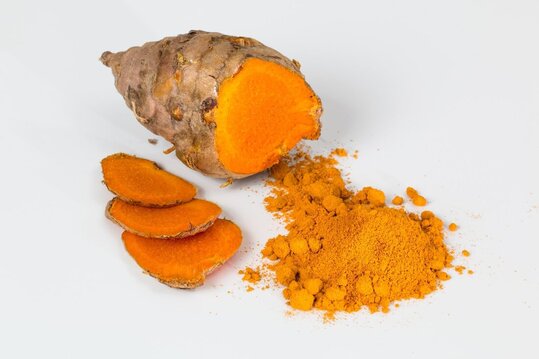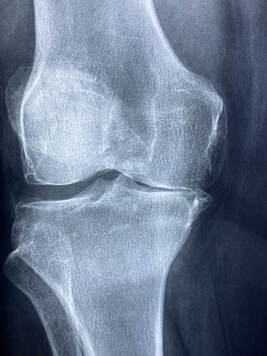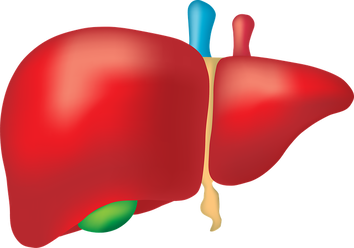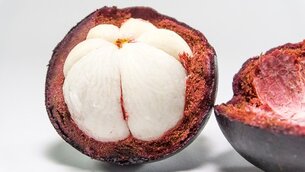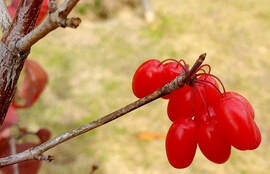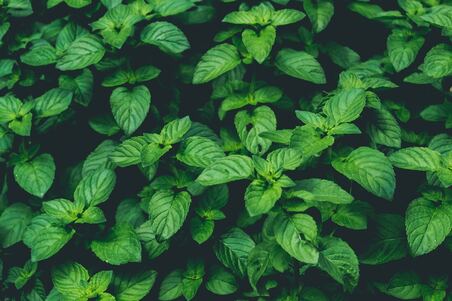Frontiers in Pharmacology review article examines the safety of herbal medicinesEXPLOSIVE GROWTH OF HERBAL MEDICINES Viewed as a balanced and moderate approach to healing, herbal medicines have grown exponentially. This popularity is attributed to a preference for natural therapies and a greater interest in alternative medicines. Traditional medicinal practice involving herbs is an integral part of many communities, and the World Health Organization (WHO) estimates that 80% of the world’s population relies on herbal medicine as a primary source of healthcare. Strategic marketing by manufacturers of herbal medicines has expanded product visibility, and the continuous introduction of new herbal products into the market has led to public health issues and safety concerns. CHALLENGES All medicines must be safe and of suitable quality, yet a single herb plant may contain hundreds of natural constituents. Such complexity means that the control of raw herbal materials and finished herbal products is more involved than for conventional pharmaceuticals. A substantial proportion of the global drug market, herbal medicines require pharmacovigilance and safety monitoring. The WHO recommends national quality specifications and standards related to the manufacturing, import, and marketing of herbal materials; however, in most countries, herbal medicines arrive on the market without mandatory safety or toxicological evaluations and without evidence of quality and efficacy. The common misconception that natural products are nontoxic and devoid of adverse effects leads to improper use and unrestrained intake, along with the risk of severe poisoning and acute health problems. Herbal medicinal products have been implicated in cases of poisoning, with certain compounds capable of reacting with cellular macromolecules including DNA and inducing cellular toxicity and/or genotoxicity. SAFETY AND TOXICITY The safety of traditional and herbal medicines is paramount to national health authorities and the general public, yet:
Possible causes of adverse events resulting from the consumption of herbal medicines include mistaken use of the wrong plant species, misidentification of medicinal plants, adulteration of herbal products with undeclared medicines, mislabeling of herbal medicinal products, contamination with toxic or hazardous substances, overdose, and misuse of herbal medicines by healthcare providers or consumers – including concomitant administration with other medicines. Predictably, adverse event analysis with herbal medicines is more complex than with conventional pharmaceuticals. Evaluation of product safety is further complicated by geographical origin of the plant material, processing technique, route of administration, and compatibility with other medicines. PROPERTIES OF SPECIFIC HERBS Aristolochic acids and Aristolochia species. After findings of potential nephrotoxicity and carcinogenicity of aristolochic acids, studies confirmed their genotoxic activity. Aristolochic acid-related DNA adducts have been found in the renal tissues of patients; these mutagenic adducts are usually poorly repaired and capable of persisting for years in DNA. All plants in the genus Aristolochia contain aristolochic acids and are banned in Europe and the United States. Intake of slimming pills containing the Chinese herb Aristolochia fangchi has been linked to Aristolochic acid nephropathy and the development of subacute interstitial fibrosis of the kidneys and urothelial malignancies. The tubers and roots of the Aconitum species have been used medicinally for centuries in herbal preparations for stroke, heart failure, diabetes, rheumatic fever, painful joints, gastroenteritis, edema, bronchial asthma, and other disorders. Aconitum carmichaeli and Aconitum kusnezoffii are used traditionally for pain relief. The toxicity of these plants derives primarily from the presence of diester diterpene alkaloids. Severe cases of cardiotoxicity from consumption of aconitine-containing herbal preparations manifest as ventricular tachycardia and fibrillation and eventually death. Bradycardia and hypotension have also been observed. The toxicity of aconitine and related diterpene alkaloids can be denatured by special processing and in China only the processed (i.e., detoxified) tubers and roots of Aconitum can be administered orally. More than 70 techniques are applied to the processing of Aconitum roots in order to reduce levels of toxic alkaloids below a certain threshold; note that this principle is not accepted in Europe. Traditionally, Tussilago farfara or coltsfoot has been used for thousands of years to treat pulmonary complaints, acute and chronic coughs, bronchitis, laryngitis, and asthma. The polysaccharides are anti-inflammatory and immuno-stimulating, as well as demulcent, and the flavonoids have anti-inflammatory and antispasmodic actions. Tussilago farfara is generally regarded as nontoxic, although total alkaloids isolated from this plant have demonstrated hepatotoxicity. Recently, the effects of the pyrrolizidine alkaloids found in Tussilago farfara were reviewed and hepatic veno-occlusive disease and cirrhosis suggested as potential disease outcomes in humans. Restricted intake of pyrrolizidine-containing herbs is recommended. There are reports on the efficacy of Garlic (Allium sativum) for management of hypertension and hypercholesterolemia. The main compound in the fresh plant is alliin, which on crushing undergoes enzymatic hydrolysis by alliinase to produce allicin. Due to the antiplatelet effects of garlic, care should be taken if given in combination with antiplatelet drugs and warfarin. Adverse effects associated with garlic extract include burning sensation in the gastrointestinal tract, nausea, diaphoresis, and lightheadedness. The active compounds of St. John’s wort (Hypericum perforatum) include hypericin, hyperforin, and melatonin. The plant has clinically well-established effects for mild depressive symptoms, although allergic reactions, headache, dizziness, restlessness, fatigue, gastrointestinal symptoms, and photosensitivity have been reported, as well as hyperesthesia and a syndrome of dyspnea and hyperventilation with mydriasis, nausea, palpitations, and tremors. Interaction of St. John’s wort with antidepressants and anticoagulants has been demonstrated and use is not recommended in pregnancy because of the herb’s uterotonic activity. RECOMMENDATIONS It is vital to inform and protect the public by identifying risks associated with herbal medicines, incorporating herbal products into pharmacovigilance systems, linking safety monitoring to the regulatory status of herbal medicines, promoting safe use through adequate labeling and appropriate patient information, advancing knowledge of traditional, complementary, alternative, and herbal medicines within national drug regulatory authorities, and standardizing definitions and categorizations of herbal medicinal plants on an international level. Herbal medicines must be assessed for safety, toxicity, efficacy, and quality. Providers of medicines – physicians, nurses, and pharmacists – need training to understand how herbal medicines affect the health of their patients. Healthcare professionals and medical communicators (translators and writers) must inform the public. The right knowledge base is crucial. Citation: Ekor M (2014) The growing use of herbal medicines: issues relating to adverse reactions and challenges in monitoring safety. Front. Pharmacol. 4:177. doi: 10.3389/fphar.2013.00177 Integrative Translations specializes in Chinese-to-English translation of conventional and complementary medicine.
0 Comments
Effectiveness of turmeric and tuina therapies |
�
AuthorKerilyn Sappington is the founder of Integrative Translations, which specializes in the Chinese to English translation of topics in conventional and complementary medicine. Archives
June 2024
Tags
All
|

